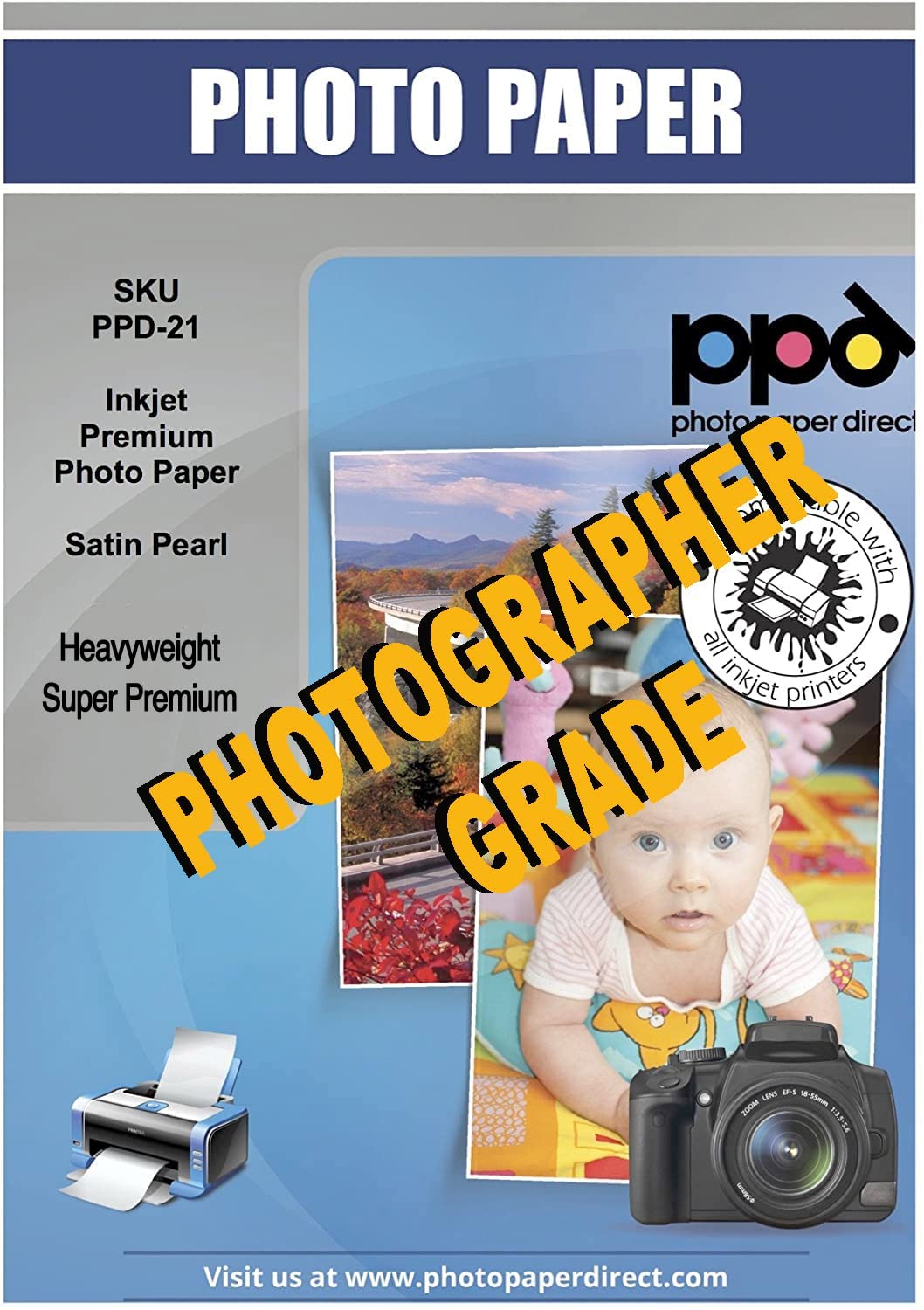Iron On Transfer Paper is commonly referred to as ‘T-shirt paper’ because it is often used to transfer images, text or a combination onto fabrics. Applications however are not limited to T-shirts and the paper can be used on aprons, cotton bags, pillowcases, tablecloths and even on hard surfaces such as wood.
If you are looking for information on how to use iron on transfer paper we have put together this handy guide that summarizes some of the information on the subject.
Suitable printer inks
First time users are often unsure if their home (or business) Inkjet printer has suitable inks to allow the paper to work. This concern is unfounded, as normal inks will work just fine. The secret to the transfer process lies in the paper rather than the ink so there is no preference as to which printer or which ink you use as long as you are using an Inkjet printer.
The difference between light and dark transfer paper
It is vital that you choose the right paper for the colour of the substrate you are printing on. In general terms, images printed image on Light Transfer Paper will provide a vibrant and accurate image on white and light coloured fabric. Ink is translucent and is not visible unless it is laid on a white or very light coloured background.
Dark fabrics require the Dark Transfer Paper which a white background that is transferred with the ink and blocks out the colour of the substrate from coming through the ink. Subsequently, suitable images tend to be block images or images that the white areas can be easily cut away as they will appear on the shirt once the transfer process is complete. Here’s more on the difference between light and dark transfer paper.
Reversing the image prior to printing
A common mistake (and an expensive one due to the cost of the paper) is not reversing the image prior to the transfer process where necessary. When using light transfer paper you must reverse the image and print it in mirror mode. The image is placed face down on the garment and when the transfer process is complete, it will appear the right way round.
When using dark transfer paper, the image is placed face up on the shirt before transferring and as such, there is no need to reverse the image. Neglecting this stage will cause the images to appear the wrong way around. Reversing an image is a simple process that can be achieved directly from the printers’ own settings menu or using a simple image editing software. We have covered before a number of means to reverse the image using a number of tools.
If you are unsure whether your attempt was successful, print your project on a normal printer paper before printing on the more expensive one.
Washing the garment
Durability of the transfer will depend on how well the actual transfer process was done and how well you do to maintain and wash the garment based on some simple instructions.
When washing we recommend that you turn the garment inside out so the image or text do not rub against the machine or other garments. Next you should select a 40 degree wash with a full spin cycle. Most fabrics can exceed 15 washes and an average seems to stand on 20 washes. It is important to note that washing detergents that contain bleach will cause the image to fade prematurely.
Avoid common mistakes
Mistakes when using iron on transfer paper are frustrating and can be expensive. The most common mistakes to avoid are:
– Forgetting about reversing the image
– Printing on the non coated side of the sheet
– Ironing the image or text on an uneven or not solid surface (use a table or worktop).
– Using an iron which is not hot enough
– Not ironing long enough
– Not applying enough pressure while ironing







